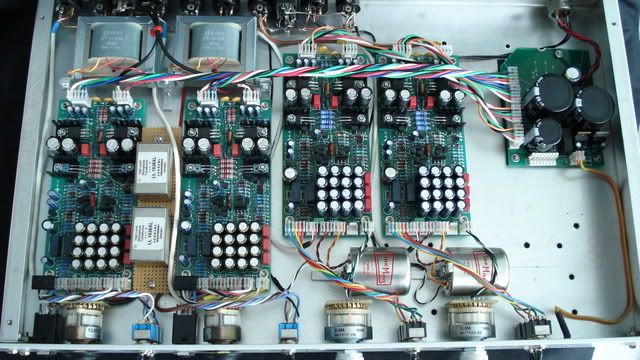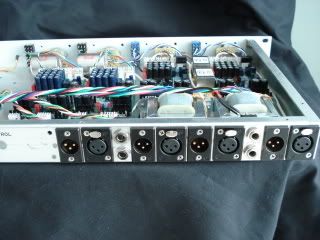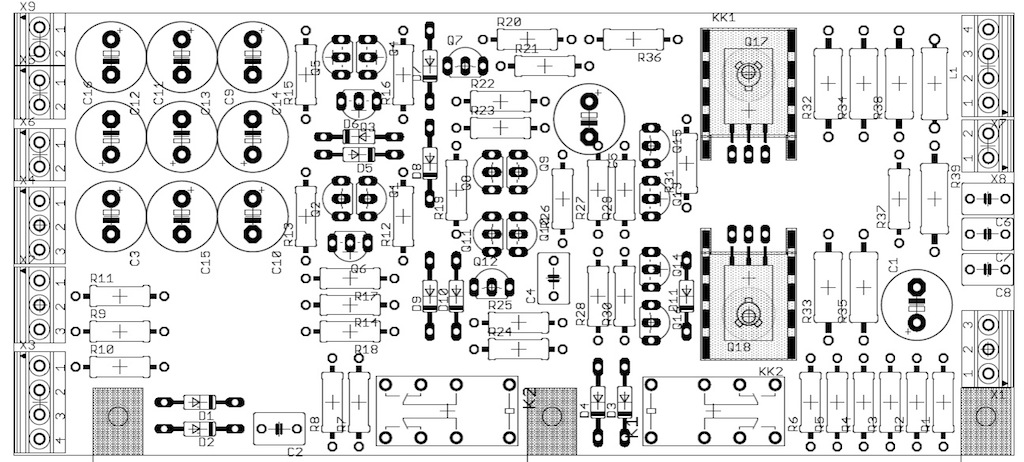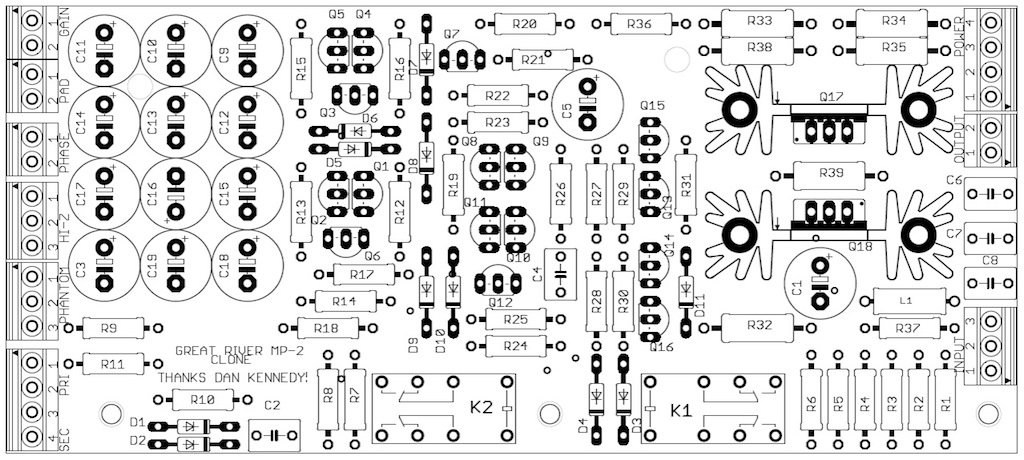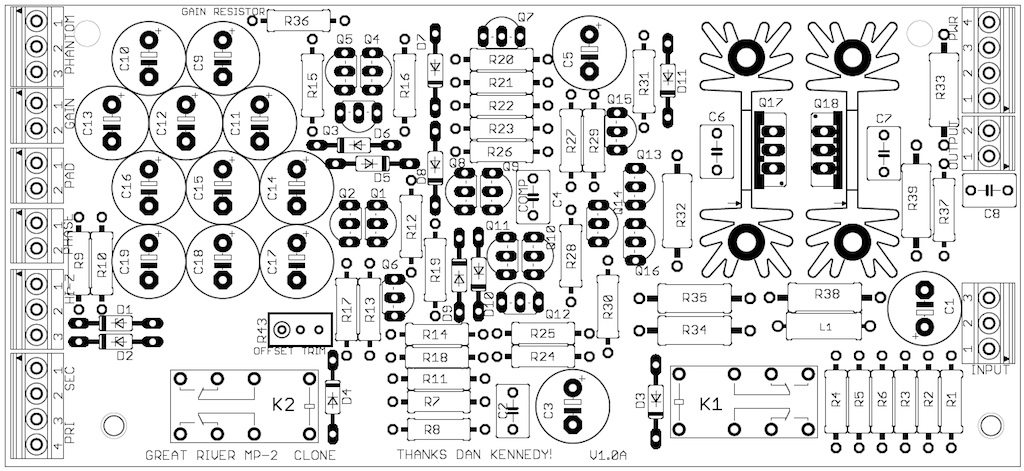josh
Well-known member
Hey guys! Been gone from here for a long time, I hope everyone is still around and pulling some beautifully saturated sounds from their preamps?
I just ordered a pair of ac/dc's from jlm. One will be set to +/-30V and 48V for this project, the other I think I will replace my crappy ptp psu in my calrec that didn't work .
.
I've been re-reading this entire thread again as well as my own notes to jump start my brain on where I left off and I wanted to ask about the psu values.. I'm reading that some of your power supplies are over these values... the wiring diagram up at NRG's website (http://www.nrgrecording.de/temporary/MP2%20Wiring1.pdf) states he is feeding +/-30V and 60V. I get that the board rectifies down to +/-22V, but also recall Mr. Boboski (Hi Greg!) stating earlier in the thread you should feed the 48V section at least 50V? Should I change my JLM PSU specs?
Other than that, I made some bracket/clamp out of hdpe to mount the input transformers sideways, made some brackets to mount the output transformers sideways as well, and cut a hole in the lid of my -too small- par metal case for the tranny's to poke their heads out of
Fully planning to finish this thing next week while I am on vacation, but I wanted to ask if anyone can help me out with a picture of the wiring on the output tranny? The Cinemag group buy tranny's are what I have in there.
My last question is what site do you use for hosting pics now? I let my website fall into oblivion, and I always like putting up pics of what I'm working on.
I just ordered a pair of ac/dc's from jlm. One will be set to +/-30V and 48V for this project, the other I think I will replace my crappy ptp psu in my calrec that didn't work
I've been re-reading this entire thread again as well as my own notes to jump start my brain on where I left off and I wanted to ask about the psu values.. I'm reading that some of your power supplies are over these values... the wiring diagram up at NRG's website (http://www.nrgrecording.de/temporary/MP2%20Wiring1.pdf) states he is feeding +/-30V and 60V. I get that the board rectifies down to +/-22V, but also recall Mr. Boboski (Hi Greg!) stating earlier in the thread you should feed the 48V section at least 50V? Should I change my JLM PSU specs?
Other than that, I made some bracket/clamp out of hdpe to mount the input transformers sideways, made some brackets to mount the output transformers sideways as well, and cut a hole in the lid of my -too small- par metal case for the tranny's to poke their heads out of
Fully planning to finish this thing next week while I am on vacation, but I wanted to ask if anyone can help me out with a picture of the wiring on the output tranny? The Cinemag group buy tranny's are what I have in there.
My last question is what site do you use for hosting pics now? I let my website fall into oblivion, and I always like putting up pics of what I'm working on.




